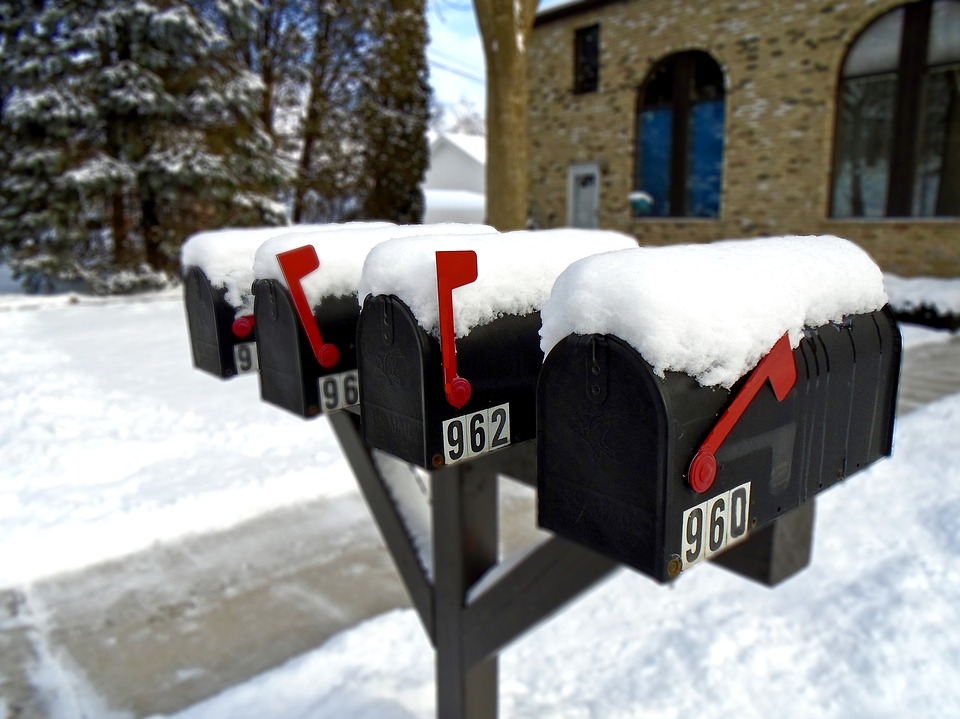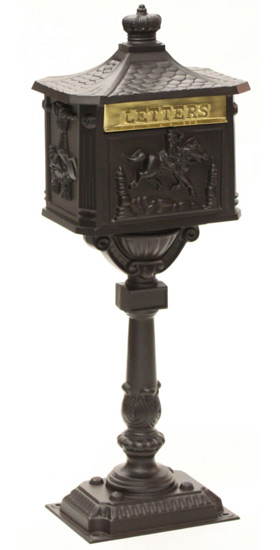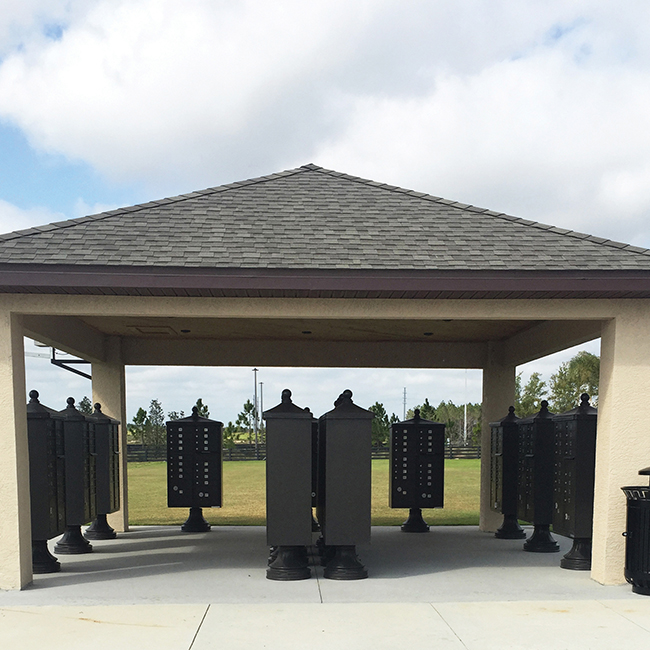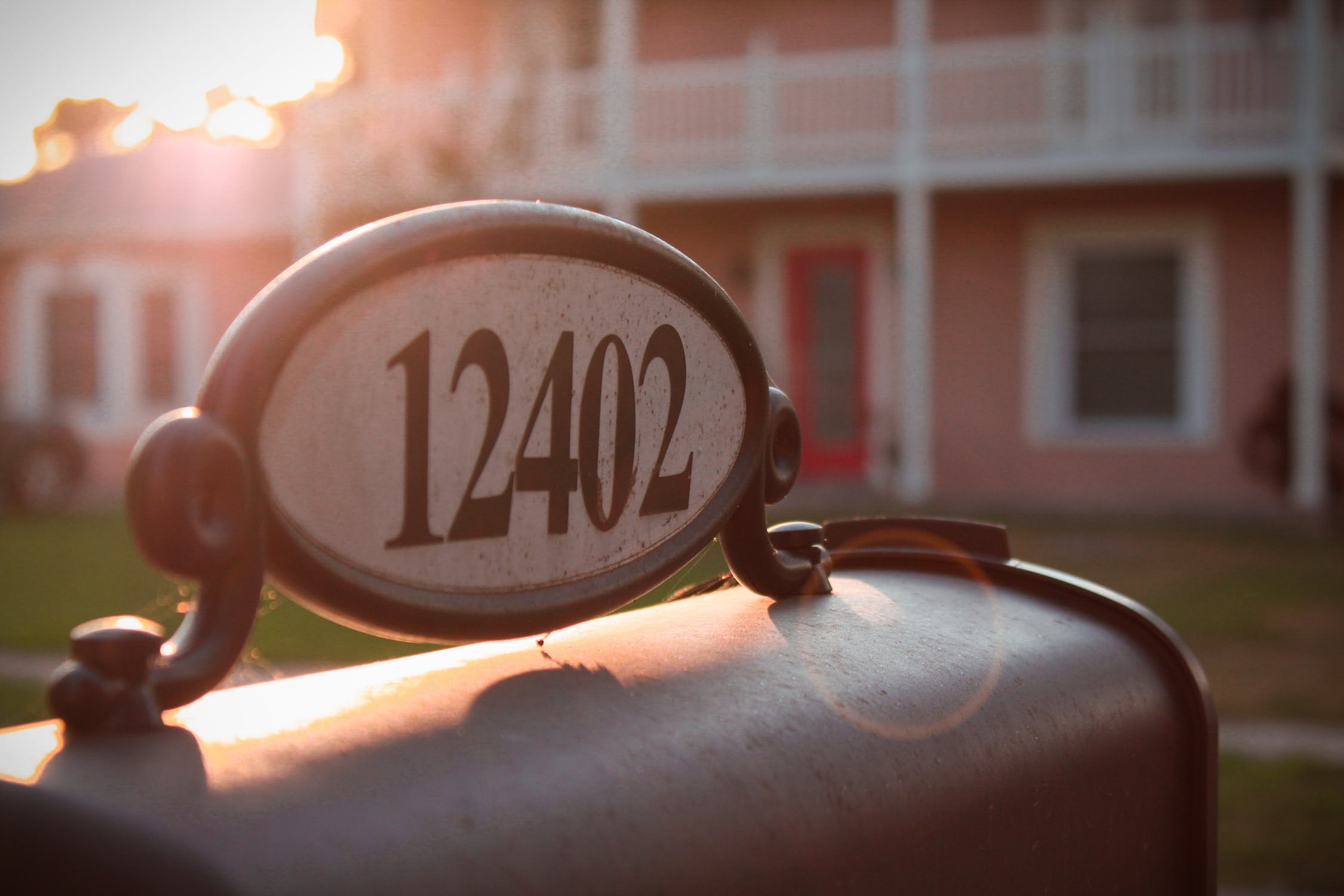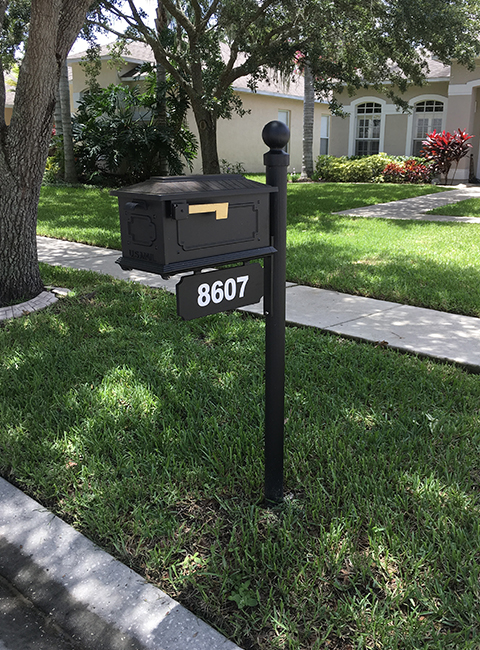Blog
How to Protect Your Community's Curbside Mailboxes From Snow Plows
Friday December 14, 2018Snow plows are commonly used throughout the United States to clear snow from public roads. During winter, heavy snowfall can create treacherous driving conditions for motorists. As snow accumulates on the road, drivers are more likely to hydroplane due to the lack of friction between their tires and the asphalt. Furthermore, some of the snow may melt during the day and freeze into ice at night, adding another hazard to winter driving. To reduce the risk of accidents, municipalities often use crews of snow plows to clear snow from roads. While effective at clearing roads, however, snow plows often leave curbside mailboxes buried in snow. So, what can you do to protect your community's curbside mailboxes from snow plows this winter?
What Is a Cast Aluminum Mailbox? And Why Should Choose It?
Tuesday December 11, 2018The material from which a mailbox is made will affect its strength, weight, longevity and overall performance. While mailboxes are available in a variety of materials, aluminum is one of the most common. Accounting for about 8% of the Earth's crust, it's a readily available metal that offers several unique characteristics. Aluminum is strong, lightweight, ductile and magnetic. But not all aluminum mailboxes are made of sheets of aluminum. Some are made of cast aluminum. So, what is a cast aluminum exactly? And why should you choose it over a different type of mailbox?
5 Things to Consider When Choosing a Cluster Mailbox Unit
Friday December 07, 2018The advent of cluster mailbox units has revolutionized the way in which we send and receive mail. Known as a CBU, the United States Postal Service (USPS) prefers them over curbside mailboxes because they are easier to manage. But if you're planning to invest in a CBU for a residential community or property that you manage, you should consider the five following things.
What Size Curbside Mailbox Do I Need? Things to Consider When Choosing a Size
Monday December 03, 2018When choosing a curbside mailbox, it's important to consider the size. Curbside mailboxes are available in a variety of sizes, ranging from small to extra-large. So, what size should you get?
Mailbox Refurbishment: How to Revitalize Your Curbside Mailbox
Wednesday November 28, 2018If the exterior of your community's curbside mailboxes are showing signs of chipping or flaking off, perhaps it's time to consider a refurbishment. Replacing your old, worn mailbox is always an option, but there are alternative to get a little more use out of your mailbox systems.


